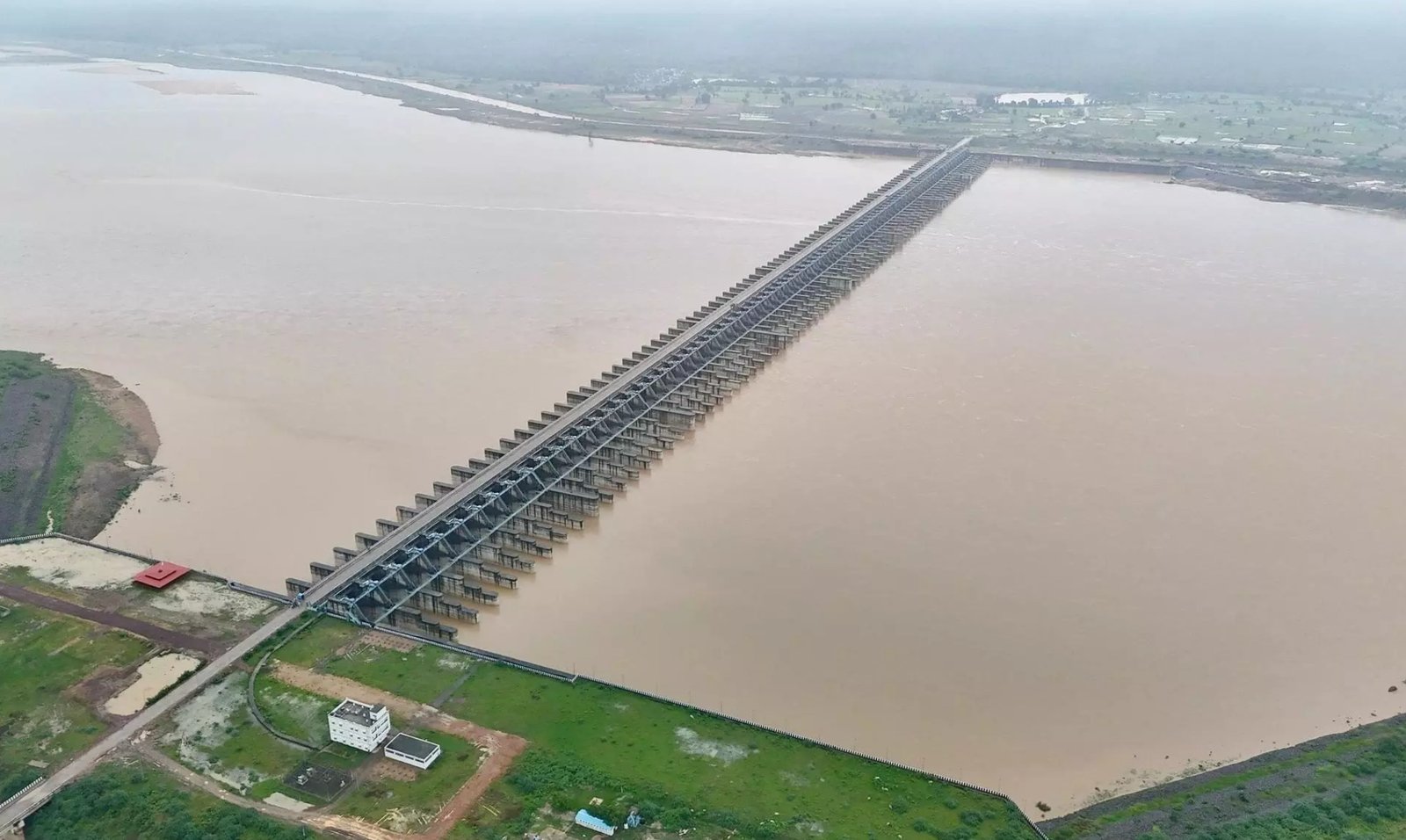How Telangana’s Rs. 1.2 lakh crore lifeline turned into a ‘monument of betrayal’
Once hailed as the world’s largest multi-stage lift irrigation project, Telangana’s Kaleshwaram Lift Irrigation Scheme (KLIS) is today at the heart of a storm – one that combines engineering failure, political blame games, and a legal battle unfolding in the High Court. What began as a showcase of the previous Bharat Rashtra Samithi BRS government’s “visionary governance” under K. Chandrashekar Rao (KCR) has now become a cautionary tale of what happens when ambition overtakes accountability.
Collapse at Medigadda
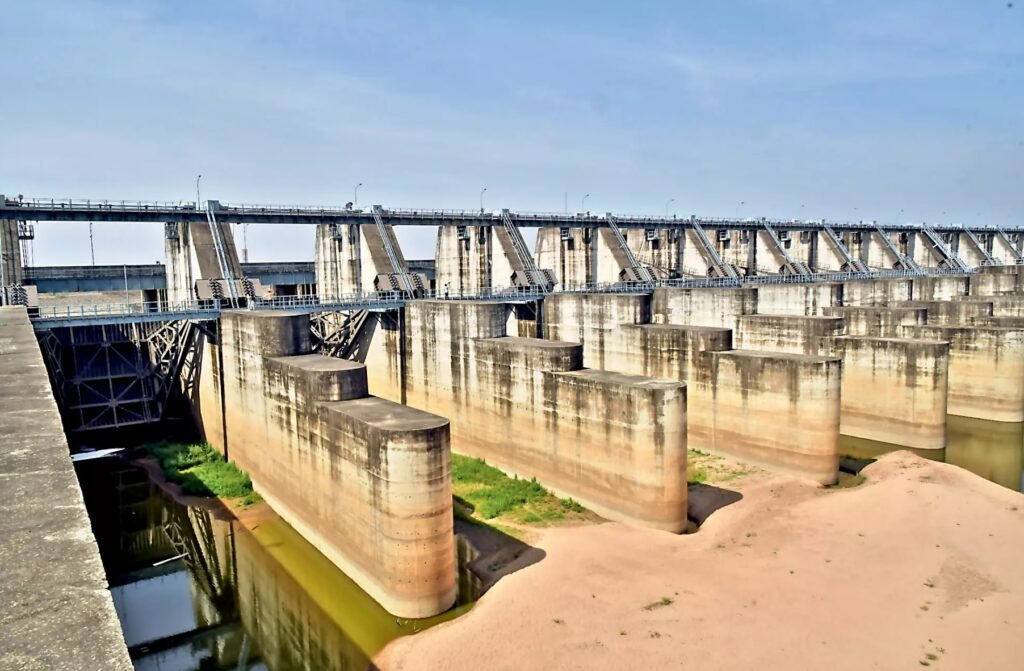
The trigger for the crisis was the dramatic sinking of piers at the Medigadda barrage in October 2023, barely four years after the project became operational. This wasn’t a minor technical glitch. Photographs and drone footage of submerged pillars and gaping cracks went viral, raising questions about design flaws, rushed execution, and quality compromises.
Independent experts flagged the collapse as unprecedented for such a new structure, and the National Dam Safety Authority (NDSA) later confirmed severe structural deficiencies.
For the people of Telangana, who were promised that Kaleshwaram would be a “lifeline”, the sight of Medigadda
breaking down was nothing short of a betrayal. For the Congress, which came to power in December 2023, it was evidence that the BRS’s flagship project had been built on shaky foundations – literally and figuratively.
Congress calls out the rot
Chief Minister A. Revanth Reddy has made Kaleshwaram a central plank in his attack on the previous regime. His government has accused the BRS of hiding engineering failures behind propaganda and claimed that over Rs. 1 lakh crore of public money was spent without due diligence. The Congress position is clear: the Medigadda collapse is not an “act of God” but the result of corruption, poor planning, and lack of accountability during KCR’s tenure. Revanth Reddy has also rejected BRS’s attempts to portray the Congress as responsible for “failing to make Kaleshwaram operational” after the collapse. “How can we operate a project whose foundations have failed?” his ministers ask, pointing out that restoring Medigadda requires complete structural rehabilitation, not quick fixes.
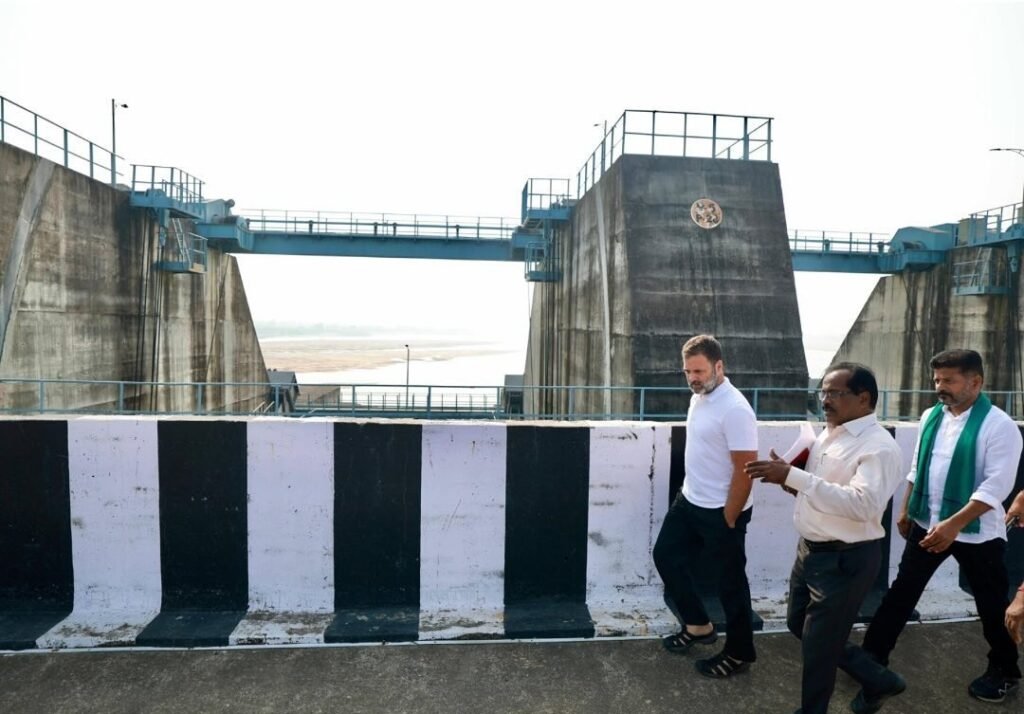
BRS counterattack: Blame Revanth, not us
Unwilling to accept blame, BRS leaders, particularly K.T. Rama Rao (KTR) and former Irrigation Minister Harish Rao, have doubled down on the narrative that the Congress is “neglecting” Kaleshwaram.
They argue that the new government is using Medigadda’s collapse to discredit the project and is not doing enough to ensure water supply. KCR himself went a step further by approaching the Telangana High Court, alleging that the Congress government was engaged in a political vendetta instead of working to salvage the project.
The irony, however, is stark: the very party that celebrated Kaleshwaram as a marvel is now quick to accuse others of “sabotage”, while refusing to acknowledge that basic design and construction failures happened under their watch.
The Ghose Commission: Exposing the fault lines
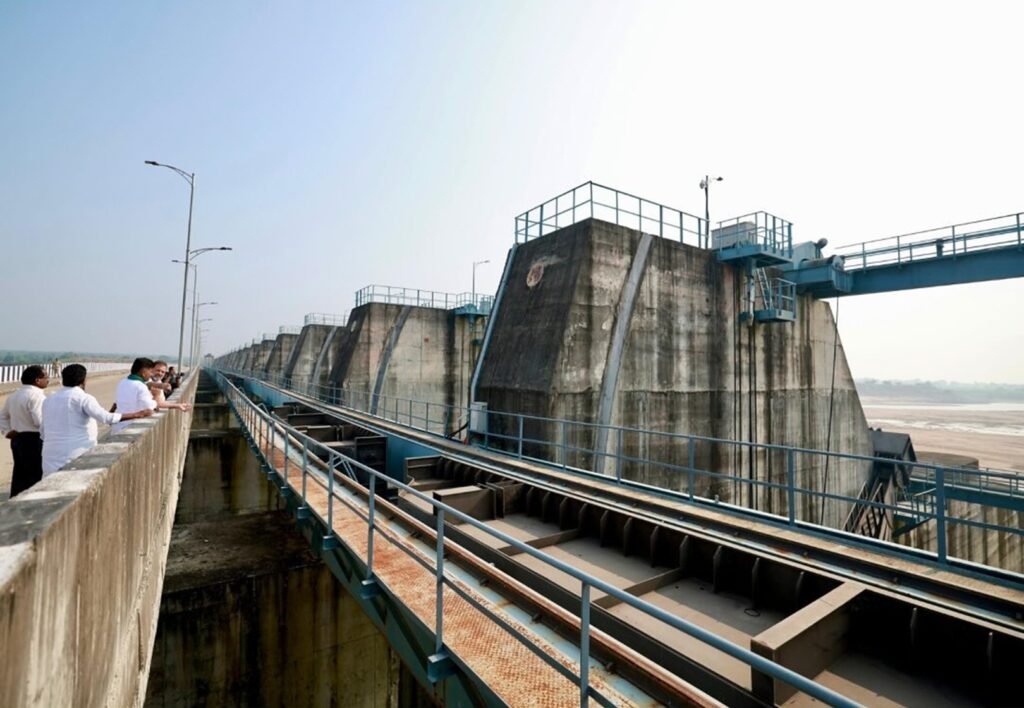
In the wake of the Medigadda disaster, the Congress government constituted the Ghose Commission, headed by Supreme Court former judge Justice Pinaki Chandra Ghose, to conduct an independent probe into the Kaleshwaram project.
After extensive site visits, technical assessments, and hearings with officials, the Commission submitted a damning report. Its findings highlighted glaring lapses in design, construction quality, and project supervision.
Crucially, the report rejected the narrative of “sabotage” and instead pointed to systemic failures – from ignoring expert warnings to rushing construction for political mileage.
The Commission concluded that accountability lay squarely with the previous BRS government, which prioritised publicity over safety. This report has since become a cornerstone in the Congress government’s argument, reinforcing its claim that Kaleshwaram is a monument to mismanagement and corruption, not vision.
Arguments & counter-arguments
The legal battle has added another layer of complexity. In his petition, KCR asked the High Court to direct the Congress government not to make “false propaganda” against the project and sought interim orders to protect Kaleshwaram’s image.
The petitions, filed by Chandrashekar Rao and Harish Rao, challenged the constitution of the Ghose Commission through GO Ms No. 6 dated March 14, 2024, and contended that disclosure of its contents by the Chief Minister and other ministers on August 4 violated Sections 8B and 8C of the Commissions of Inquiry Act, which entitled them to a hearing and representation.
However, the High Court refused to grant interim relief, pointing out that the matter involved serious technical, financial, and public interest concerns that could not be brushed aside. The Court also noted that the Congress government was within its rights to scrutinise the project, given the gravity of Medigadda’s collapse.
Larsen & Toubro’s version
Meanwhile, during hearings, Larsen & Toubro (L&T), the company responsible for construction, argued that the collapse was due to “heavy floods and unprecedented weather”, not faulty engineering. L&T also reiterated that the construction took place “as per the design provided by the authorities to the quality and standards for the State of Telangana and handed over in 2019”.
This line of defence directly contradicts the BRS’s earlier claims of “political sabotage” and even “bomb blasts” – exposing how the party has shifted its narrative depending on what suits its political survival.
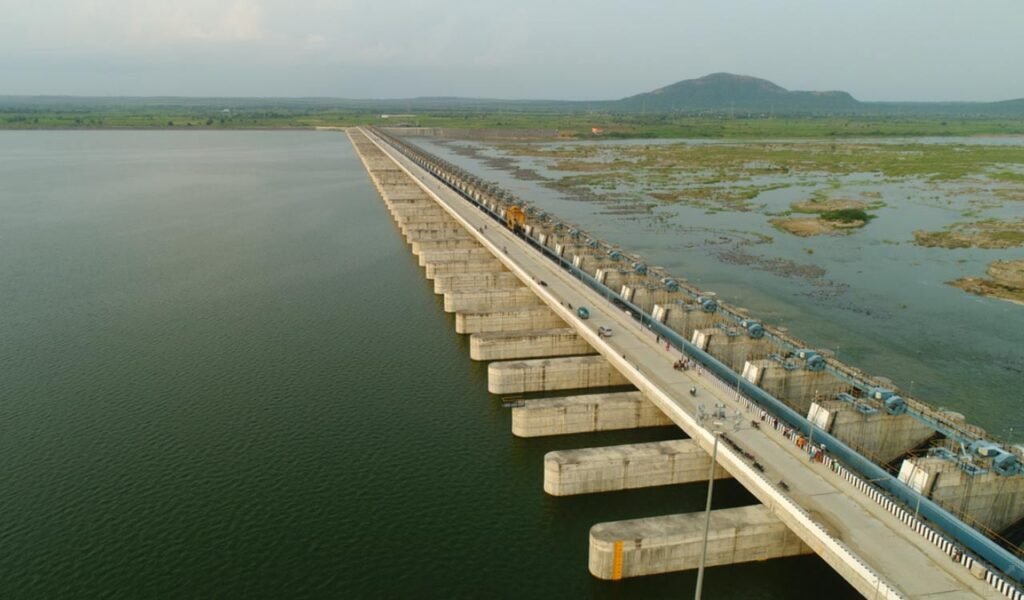
Politics of blame & people’s loss
At its core, the Kaleshwaram saga is about public trust and resources. Over Rs. 1.2 lakh crore has already been sunk into the project, but today its credibility is in tatters. Instead of a lifeline for Telangana’s farmers, it has become a stage for political mudslinging.
For the BRS, admitting flaws in Kaleshwaram means acknowledging a fundamental failure of their governance model. For Congress, exposing those flaws is an opportunity to underline its own image as a corrective, reformist government.
Meanwhile, farmers who had pinned their hopes on assured irrigation, households that expected secure drinking water, and taxpayers saw their money washing away with every crack at Medigadda.
A lesson in accountability
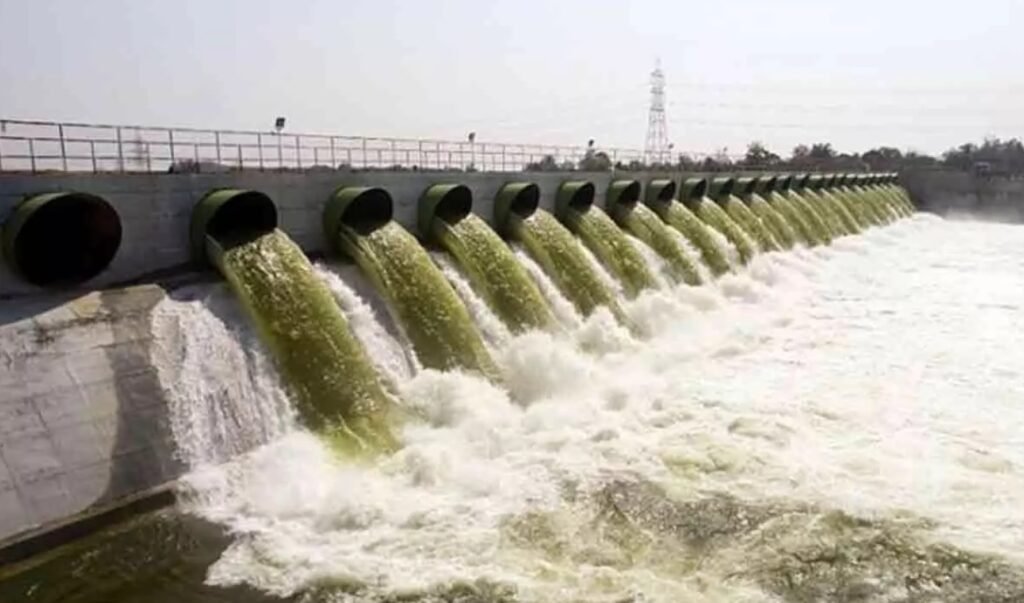
Kaleshwaram was meant to be a symbol of Telangana’s pride, an engineering achievement that would transform agriculture. Instead, it has become a cautionary tale of how unchecked political ambition, lack of transparency, and disregard for expert advice can endanger public infrastructure.
The High Court proceedings and government inquiries are likely to continue for months, if not years. But what is already clear is this: Kaleshwaram’s collapse is not just physical; it is representative of ‘governance gone wrong’. For now, the Congress government insists it will focus on restoring Telangana’s water security, even if that means dismantling myths built by the previous regime – and deciding to change the fate of one of India’s most ambitious irrigation projects.

